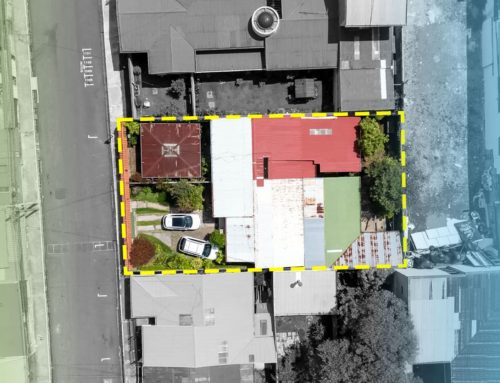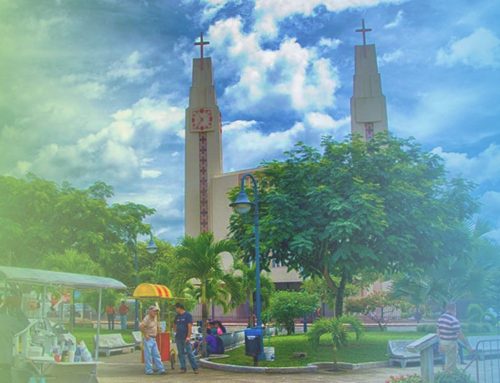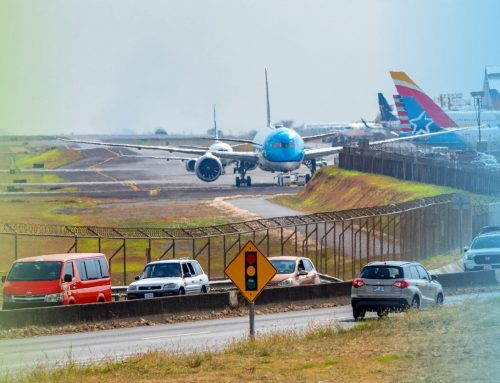A lease agreement is a crucial document that formalizes property rentals, protecting both the landlord and tenant. Here’s a guide to creating one in Costa Rica:
Key Elements of a Lease Agreement
- 1
Party Identification: Include full details of both landlord and tenant (full names, ID or passport numbers, and contact information).
- 2
Property Description: Specify the exact address and property details (size, rooms, intended use, and condition).
- 3
Contract Duration: Indicate the term. Costa Rican law requires a minimum of three years for residential leases unless both parties agree otherwise.
- 4
Rent and Payment Terms: Outline the monthly rent amount, payment method (e.g., bank transfer, cash), and due date. Mention any deposits or guarantees.
- 5
Responsibilities: Define the responsibilities of each party and specify who will cover certain expenses. For example:
- Landlord: Responsible for major repairs and structural maintenance of the property.
- Tenant: Covers utility payments, minor repairs, and general upkeep of the property.
- 6
Additional Clauses: Define rules like subletting restrictions, pet policies, or property modifications.
- 7
Termination Conditions: Specify how and under what circumstances the agreement can end prematurely.
- 8
Signatures and Notarization: Both parties must sign the contract. While not mandatory, having a lawyer draft or review it and notarizing it ensures greater legal security.
Tips for a Solid Lease Agreement
- 1
Legal Assistance: Consult a local attorney for compliance with Costa Rican law.
- 2
Clear Terms: Use straightforward language to avoid misunderstandings.
- 3
Optional Registration: Though not required, registering the contract in the National Registry offers added legal protection.









